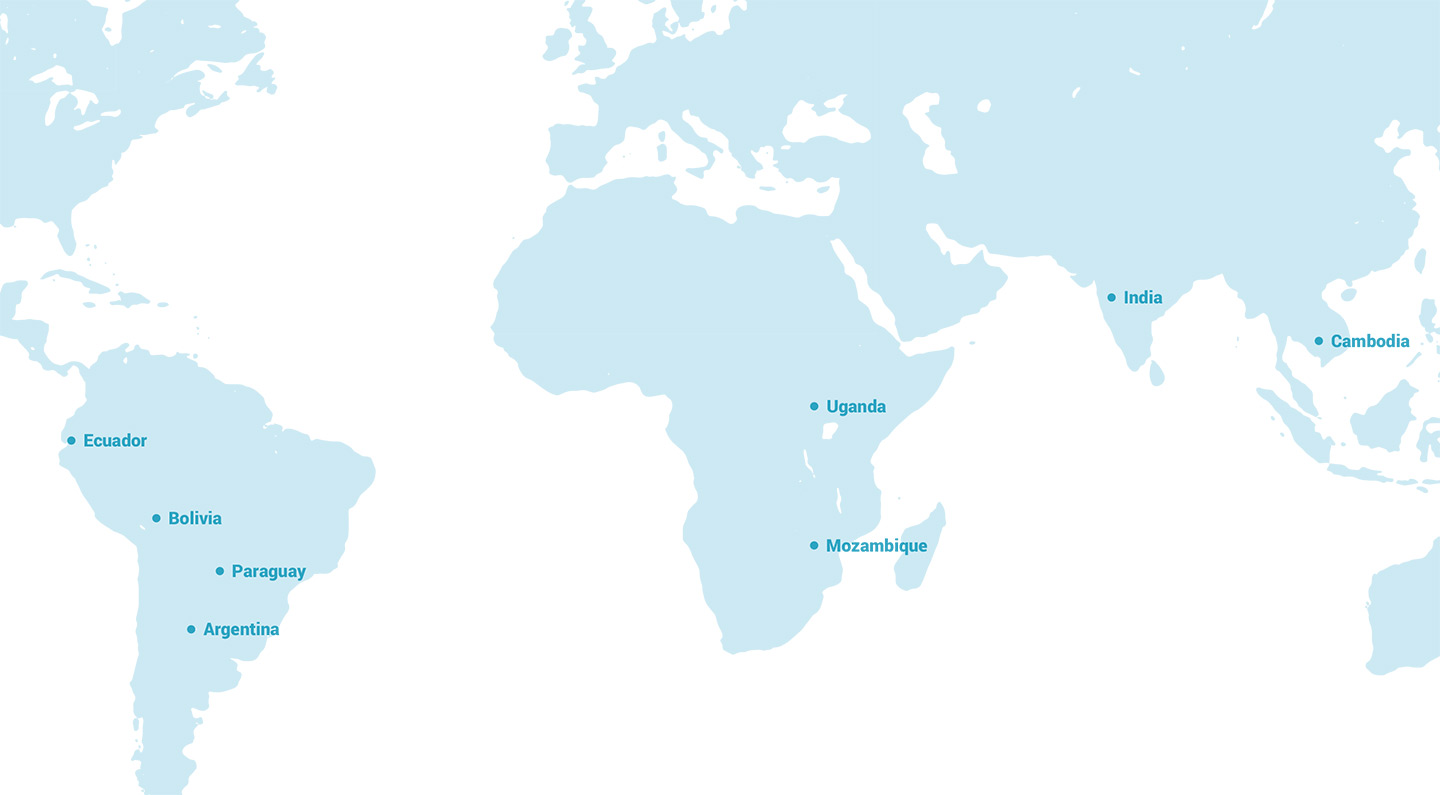NTD in Equador
In collaboration with the Centro de Epidemiología Comunitaria y Medicina Tropical (CECOMET), the intervention will reinforce the work of control and elimination of neglected infectious diseases that was initiated years ago by the entity, through the training of health promoters, the search for prevalence in visits to isolated communities, epidemiological surveillance and community Information, Education and Communication (IEC) programs.
All activities are carried out in coordination with the primary health care system of the national health system. Through monthly meetings to exchange information and the epidemiological situation, health priorities are established, the disease is monitored and the communities with the greatest health problems are targeted.


